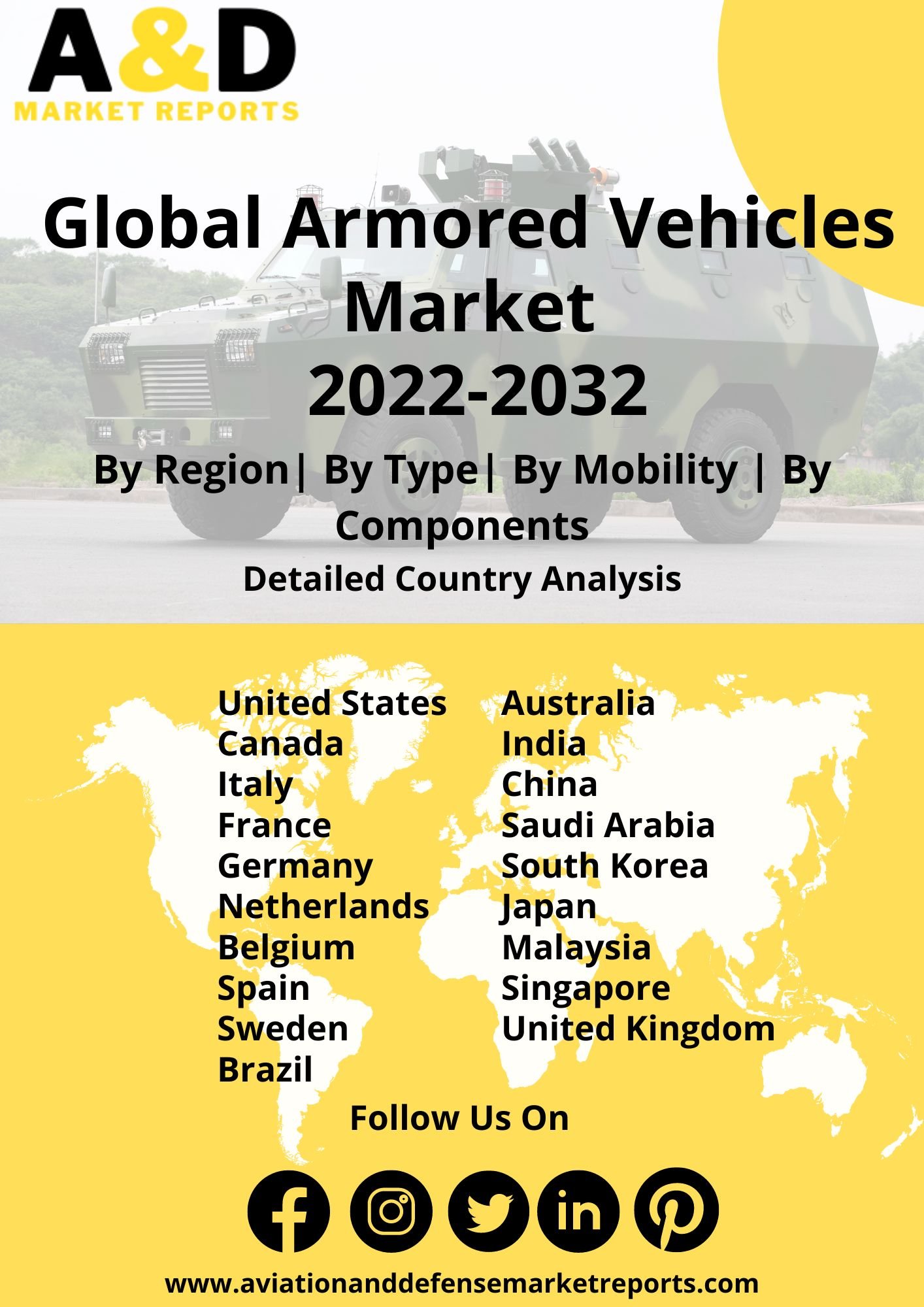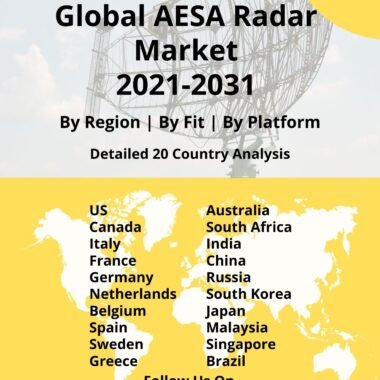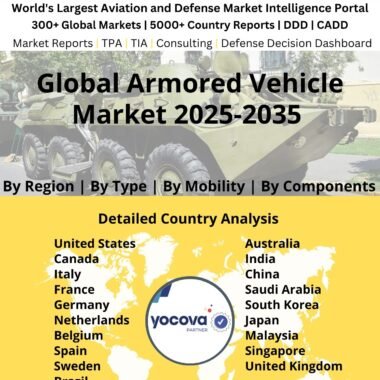Description
Armored Military Vehicles are military land combatants that are used across tactical army-based operations. These vehicles are used for the deployment of both personnel and armaments across the battlefield. Armored vehicles as the name suggests, are vehicles with a ballistic protection shield that provides impact resistance against incoming munitions. The use of this technology improves soldier morale and provides added asset security across high-risk operations.
The munitions technology is one of the key drivers for the armored vehicles civilian market growth. The use of landmines and IEDs (Improvised Explosive Devices) have boosted the proliferation of armored vehicles military. For instance, between June 2016-June 2017, the number of casualties as a result of IED attacks was noted to be 36841 as a result of 19701 IED accidents.
On studying statistics for IED usage, as of 2002 during the Afghanistan conflict, the number of casualties was noted to be around 4. However, substantial growth in body count was noted during the coming years, i.e. 2010 recorded the highest number of causalities due to IED (368 deaths, i.e. 61% of the total casualties). In 2009, around 275 deaths (58% of the total casualties) were due to IEDs. However, the number of causalities reduced between 2010 and 2014, in 2014 the total number of casualties was around 35-40, while IED-related deaths were around 25%. The key reason for the reduction in the IED-related causalities was the increase in armored vehicle deployment and specialized training related to identifying potential IED threats during a routine patrol.
The increased proliferation of urban warfare and a rise in the number of insurgent activities within cities instates the requirement for easily maneuverable vehicles. A rise in R&D investment in the armored vehicles market forecast is poised to improve mobility amongst land vehicles. Materials like glass fibers, composites, and ceramics are being employed for the design of vehicle armor to reduce the weight of the armored vehicle military.
On studying the country-wise competitive landscape for this market, it is noted that sub-regions including Russia, China, and the US account for roughly 50% of the total fleet operated across the top 20 defense economies. As of 2019, the market numbers state that Russia accounted for around 50,000 armored vehicles, followed by China which accounted for around 40,000 armored vehicles. The US was in the third position with 39,223 armored military vehicles within its armed forces. The regional competitiveness for this market reflects that APAC and North America are two of the key segments within the global armored vehicle civilian market industry. The presence of countries like China, Singapore, and India within the APAC is poised to boost the market growth within this region. Moreover, the brewing geopolitical tensions between India and China are expected to be one of the key drivers for the global armored military vehicles market size. The growth in investment across border security forces is anticipated to be one of the key factors that support market expansion. For instance, in 2021 India entered a contractual agreement with Mahindra Defense systems for the procurement of 13,000 light specialist vehicles. The agreement was valued at USD 144.79 Billion.
A rise in defense spending is another factor that is anticipated to drive the market growth dynamics. For FY year 2020, the overall global defense was noted to be USD 1981 Billion. An increase of 2.6% was observed over the year 2019. However, the advent of COVID-19 and the economic downturn caused by the same is poised to affect global defense spending. The economy is poised to make a slow recovery for the year 2022 thus indicating a promising growth during the forecast period. The procurement activities slowed down for FY 2020 and FY 2021 due to the overall plummet in defense spending. An increased defense spending translates to a surge in the procurement of defense armaments within the global market.
COVID-19 had adverse side effects on the procurement of military-grade vehicles and munitions across the global market. For instance, BAE Systems faced delayed deliveries for its new Armored Multi-Purpose Vehicles to the US Army. The program was focused on the replacement of the legacy M113 armored vehicles with the 457 AMPV. The deliveries are staggered owing to the lockdown imposed by the pandemic and the subsequent budget cuts imposed across global markets. Between 2019-2020, the overall revenue generated by key players like Rheinmetall and Textron was seen to plummet owing to the advent of the pandemic. Rheinmetall’s revenue dropped by a value of 6.08% (2019-2020), while the revenue for Textron decreased by 14.52%.
The armored vehicle market is highly competitive owing to the high precision applications of these vehicles. The barriers to entry within this market are also high due to the soaring capital investment incurred during the establishment of a defense OEM. Moreover, the development and deployment of vehicles according to the standards as well as testing procedures are exceedingly cost-intensive. For instance, the NATO STANAG 4569 is one such regulation that covers the standards for protection levels to be included for Logistics and Light armored military vehicle occupants.
Key Companies




